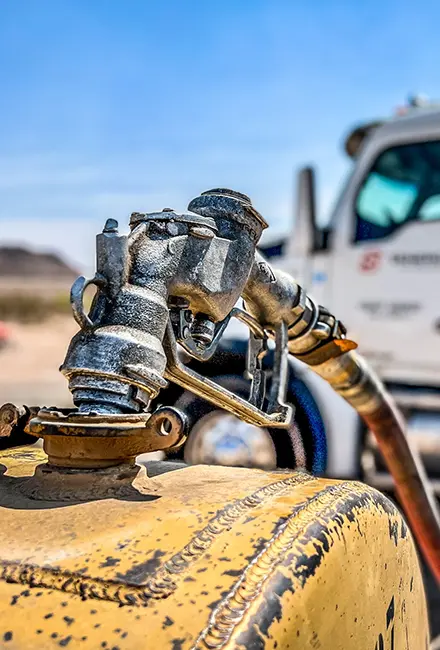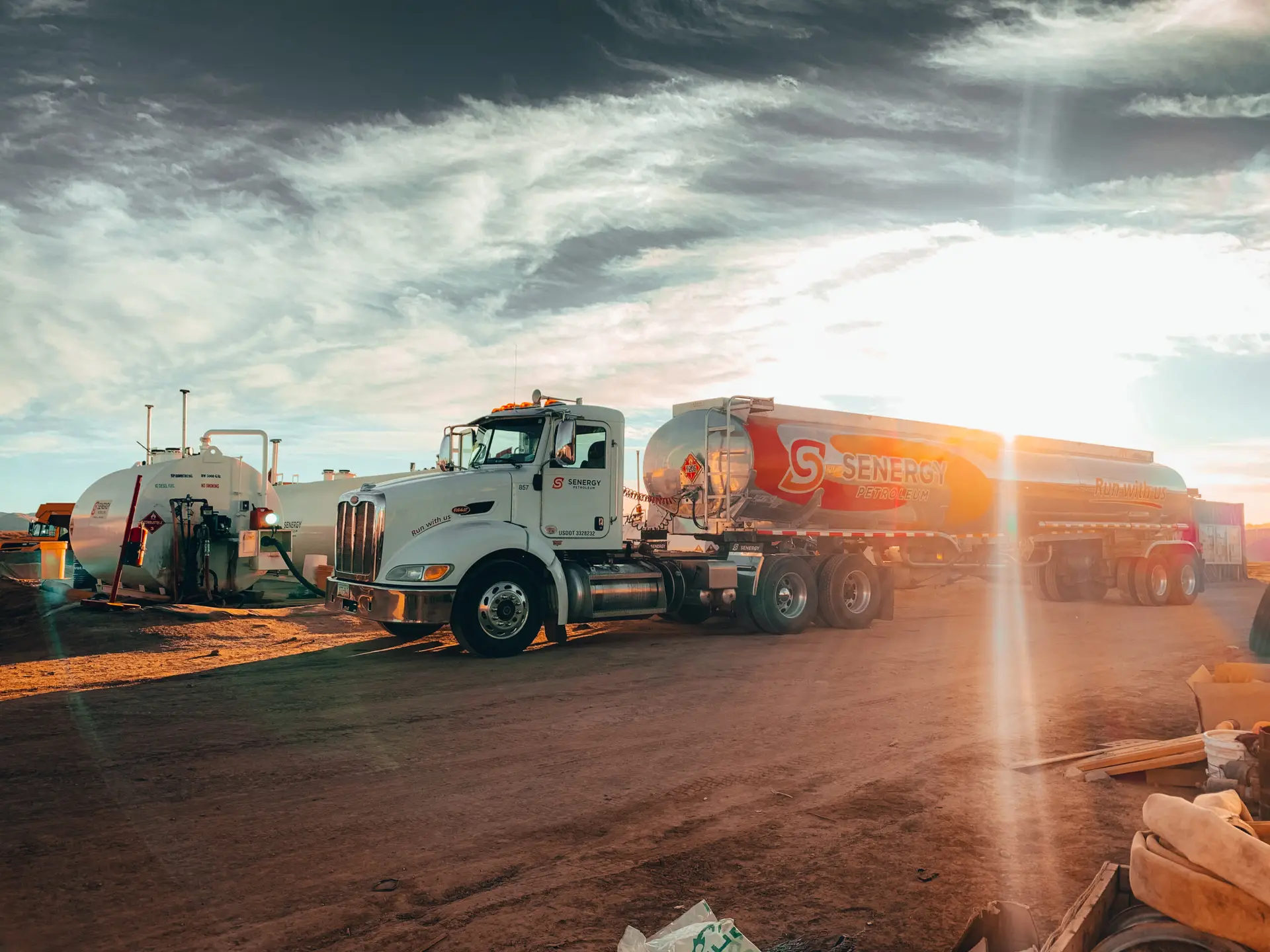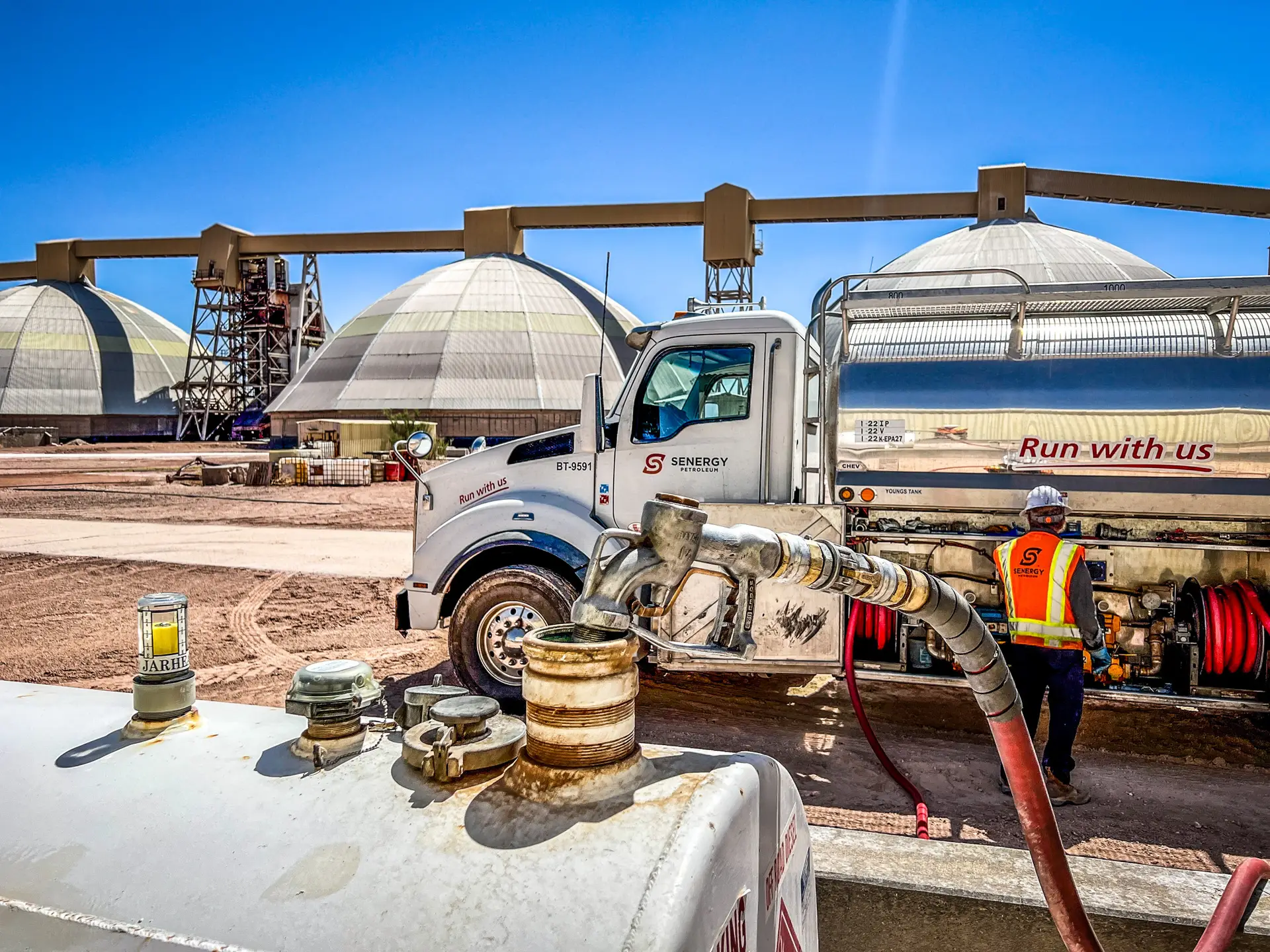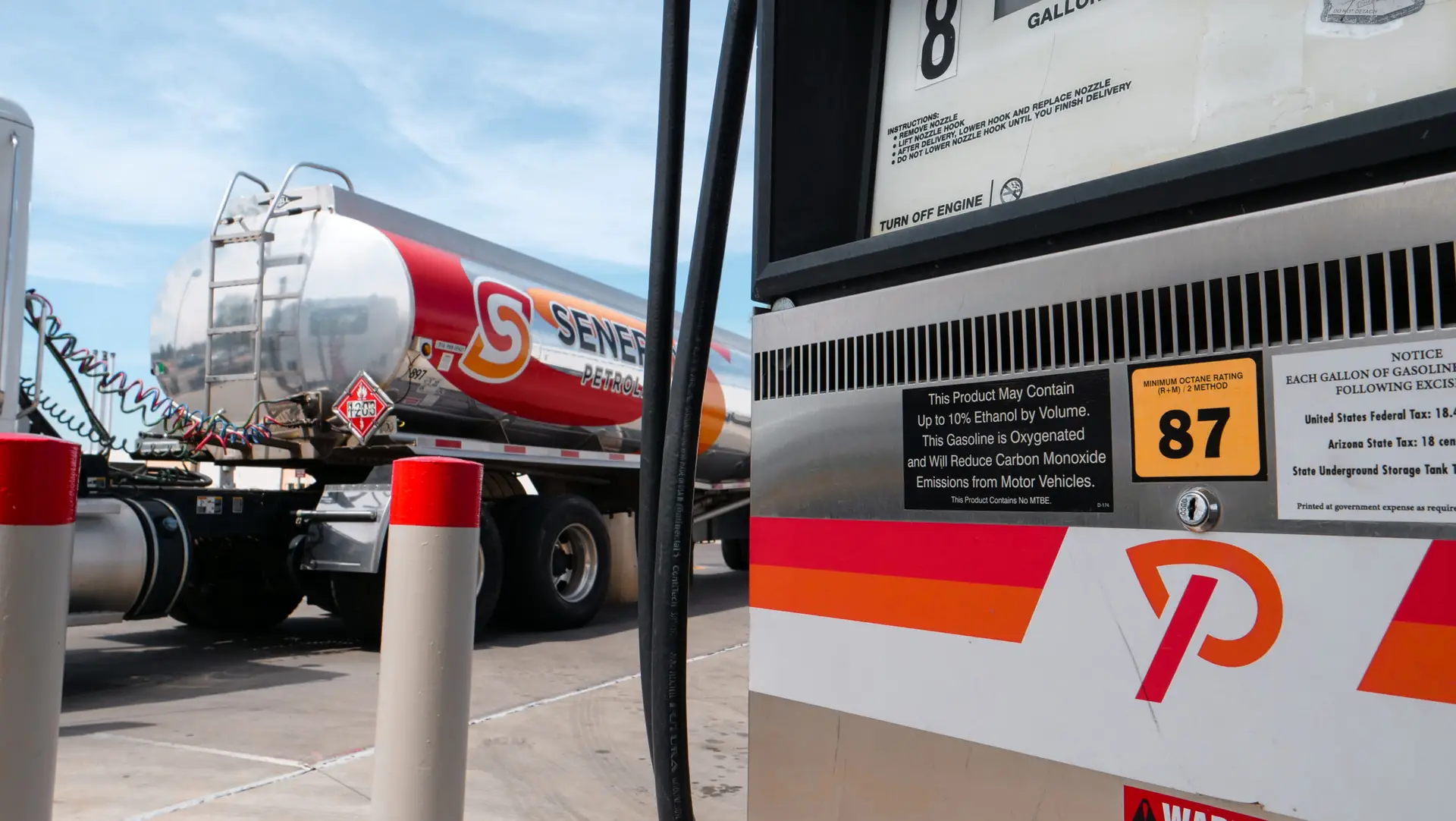Choosing the right fuel nozzle is critical to maintaining efficiency, safety, and durability across your fueling systems. Whether you’re fueling agricultural equipment, heavy construction machinery, or a fleet of vehicles, understanding how different nozzle types function can help you prevent costly errors and downtime.
This guide will walk you through the key considerations when selecting fuel nozzles for your specific application—emphasizing reliability, compatibility, and operational performance.




